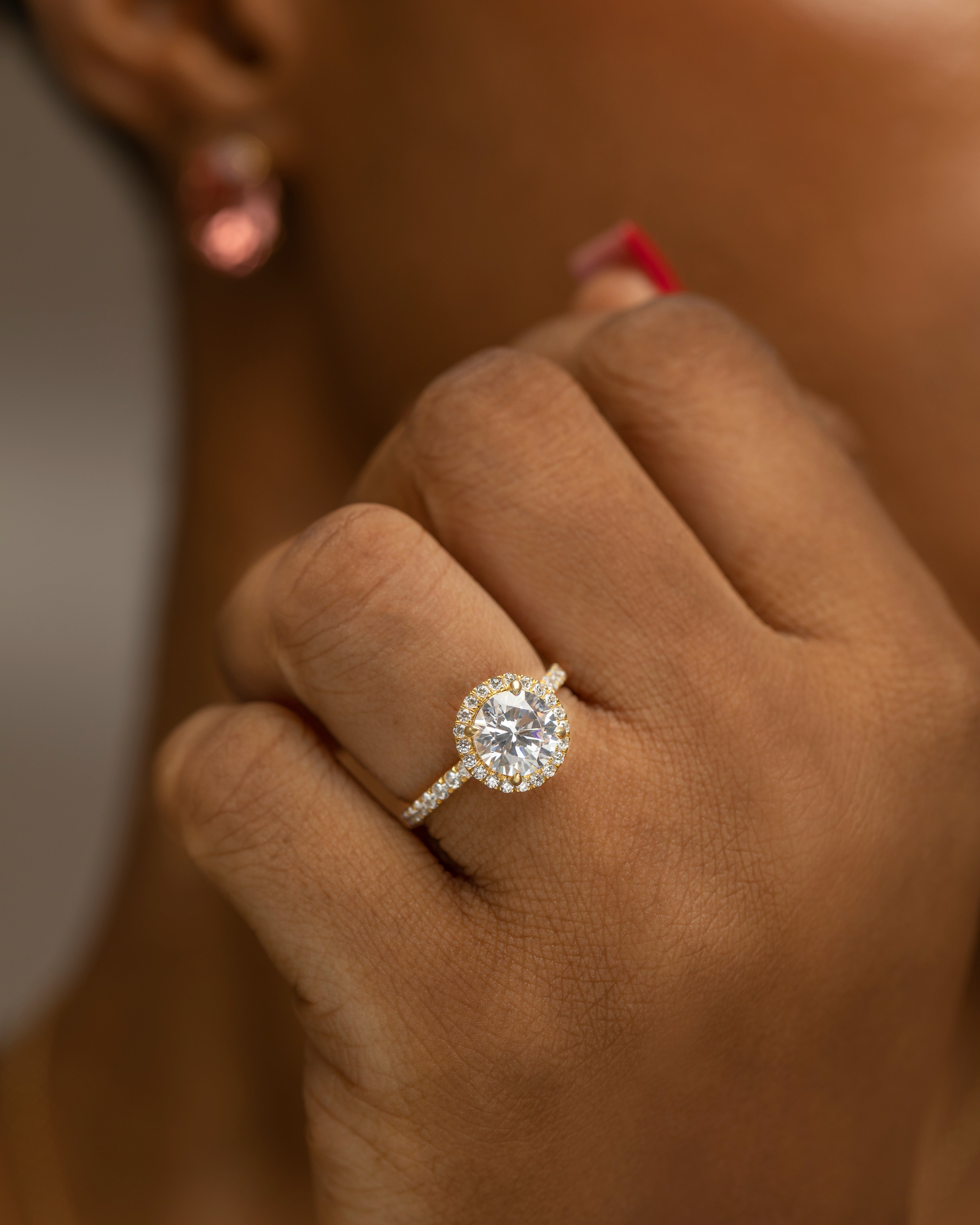Understanding Fine Silver, Sterling Silver, and Vermeil: A Comprehensive Guide
Silver jewelry is cherished for its timeless elegance and versatility. However, not all silver is created equal. Fine silver, sterling silver, and vermeil each have distinct characteristics that affect their appearance, durability, and care. Here's a detailed guide to understanding these different types of silver, including their pros and cons.
- Fine Silver (Pure Silver)
Composition: Fine silver, also known as pure silver, is 99.9% silver, with a minimal amount of trace elements (0.1%). It is often marked with ".999" to indicate its purity.
Characteristics:
- Color and Luster: Fine silver has a bright, white luster that is highly reflective.
- Softness: It is softer than other silver alloys, making it more prone to scratching and bending.
- Use: Due to its softness, fine silver is often used in pieces that are not subjected to rough wear, such as earrings and pendants.
Pros:
- Extremely high purity and luster
- Hypoallergenic and safe for sensitive skin
- Ideal for intricate designs and detailed craftsmanship Cons:
- Very soft and prone to scratching and bending
- Less durable for everyday wear
- Requires careful handling and maintenance
Care:
- Cleaning: Clean fine silver with a gentle soap and water solution, using a soft cloth to avoid scratching.
- Storage: Store in anti-tarnish bags or cloths to prevent tarnishing.
Sterling Silver
Sterling silver is an alloy consisting of 92.5% silver and 7.5% other metals, usually copper. This alloy is indicated by the ".925" hallmark.
Characteristics:
- Color and Luster: Sterling silver has a bright, metallic luster, though slightly less white than fine silver.
- Durability: The addition of other metals makes sterling silver more durable and suitable for everyday wear.
- Use: It is commonly used in a wide range of jewelry, including rings, bracelets, necklaces, and earrings.
Pros:
- Durable and suitable for everyday wear
- More affordable than fine silver
- Versatile and widely available
Cons:
- Can tarnish over time due to the presence of copper
- Requires regular cleaning to maintain its luster
- May cause allergic reactions in people sensitive to copper
Care:
- Cleaning: Clean sterling silver with a silver polishing cloth or a solution designed for silver. Avoid abrasive materials.
- Storage: Store in a cool, dry place, preferably in anti-tarnish bags or cloths.
Vermeil
Vermeil (pronounced "ver-may") is a type of gold-plated jewelry where a thick layer of gold (at least 10 karats and 2.5 microns thick) is electroplated over a base of sterling silver.
Characteristics:
- Color and Luster: Vermeil has the luxurious appearance of gold with the affordability of silver. It combines the yellow hue of gold with the strength of sterling silver.
- Durability: More durable than standard gold-plated jewelry due to the thickness of the gold layer, but it can still wear off over time with heavy use.
- Use: Popular for creating high-end jewelry pieces that offer a luxurious look without the high cost of solid gold.
Pros:
- Luxurious gold appearance at a fraction of the cost of solid gold - More durable than standard gold-plated jewelry
- Hypoallergenic, thanks to the sterling silver base
Cons:
- Gold layer can wear off over time, especially with frequent wear - Requires careful handling to avoid scratching the gold surface - More expensive than standard gold-plated jewelry
Care:
- Cleaning: Clean vermeil with a soft cloth and mild soap solution. Avoid abrasive materials and harsh chemicals that can wear down the gold layer.
- Storage: Store in a cool, dry place, separated from other jewelry to prevent scratches.
6
Comparison Table
|
Type |
Composition |
Characteristic s |
Pros |
Cons |
Common Uses |
Care |
|
Fine Silver |
99.9% silver |
Vey soft, |
Extremely high purity, |
Very soft, |
Earrings, pendants |
Gentle |
|
Sterling Silver |
92.5% silver, 7.5% other |
Durable, |
Durable, |
Can |
Rings, |
Polishing cloth, anti-tarnish |
|
Vermeil |
Sterling |
Luxurious gold appearance, |
Luxurious |
Gold Layer can wear |
High-end jewelry |
Mild |
Conclusion
Understanding the differences between fine silver, sterling silver, and vermeil can help you make informed choices when purchasing and caring for your silver jewelry. Fine silver offers purity and brilliance but is best for delicate pieces. Sterling silver combines beauty and durability, making it ideal for everyday wear. Vermeil provides a luxurious look at a fraction of the cost of solid gold, offering the best of both worlds. Proper care and storage will ensure that your silver jewelry remains beautiful and lustrous for years to come.
